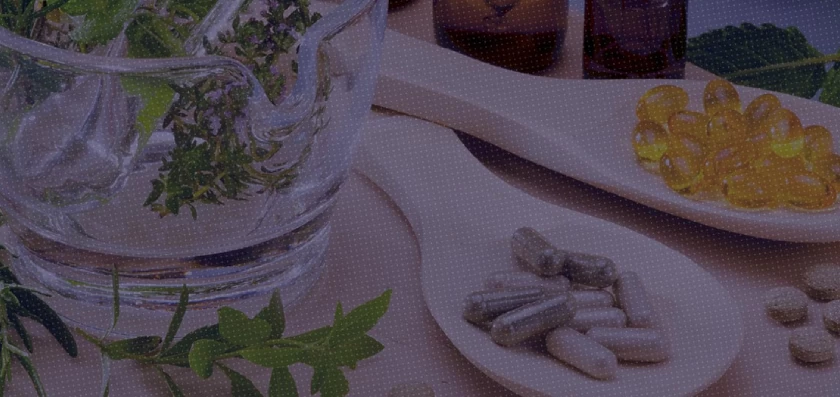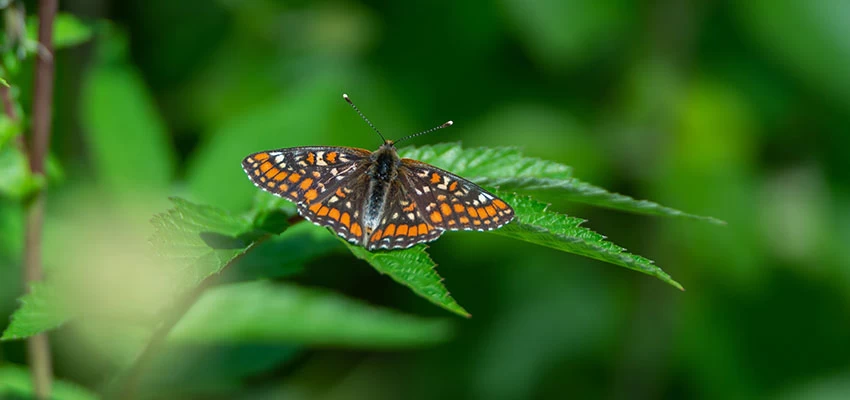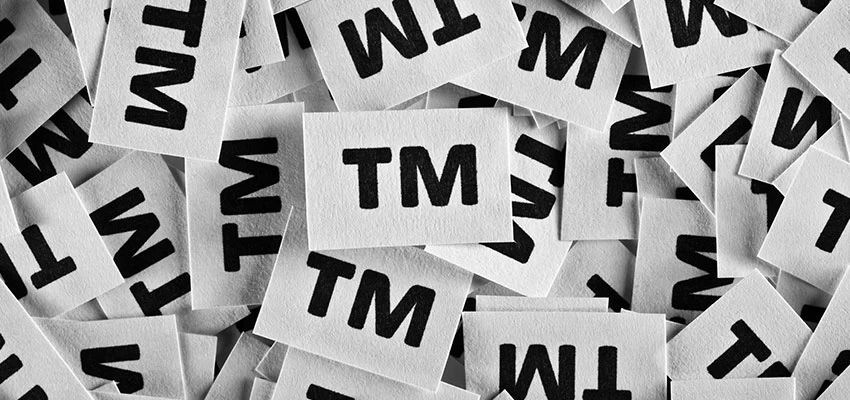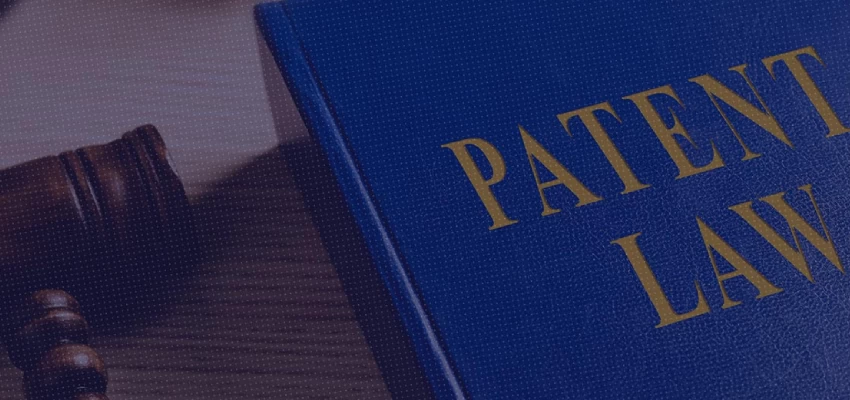Introduction
The present article examines the Madras High Courts ruling in an appeal[1] filed under Section 117A of the Patents Act, 1970 (‘Act’). The appeal was filed by the Zero Brand Zone Pvt. Ltd. and Anand, Jayashree (‘Appellant’) seeking to set aside an order passed by the Assistant Controller of Patents and Design (‘Respondent’) refusing the grant of the Appellant’s Patent Application for lacking inventive step under Section 2(1)(j)(a), and non-patentability under Sections 3(d), 3(e), and 3(p) of the Act. While deciding the case, the Court has indubitably provided valuable insights on the elucidation of Section 3(p) of the Act. The article chiefly focuses on the Court’s interpretation of Section 3(p).
Facts of the case
The Appellant filed Patent Application No.201721043812 titled 'Eco-friendly lamp made up of composition based on panchagavya with the combination of leaves used in traditional herbal medicine'. In the First Examination Report (FER), the Respondent raised technical objections on the lack of inventive step under Section 2(1)(j)(a) of the Act, non-patentability under Sections 3(e) and 3(p) of the Act and formal objections regarding permission from National Biodiversity Authority (NBA). The Appellant filed a response to the FER. Further, a pre-grant opposition was filed by Mr. R. A. Swaminathan (Opponent) and a reply statement for the same was filed by the Appellant. Subsequent to the opposition proceedings, the Respondent concluded that the Opponent failed to establish the grounds for opposition mentioned under Section 25(1) of the Act and hence, the opposition was not considered.
Thereafter, the Respondent issued a Hearing Notice, maintaining the objections raised in the FER along with raising an additional objection under Section 3(d) of the Act. The hearing was attended by the Appellant, after which the written submissions were filed. The Respondent, after reviewing the submissions, refused the Application, under Sections 2(1)(j)(a), 3(d), 3(e), and 3(p) of the Act. Aggrieved by the decision of the Respondent, the Appellant filed the appeal, seeking to set aside the refusal order issued by the Respondent.
The High Court’s analysis of Section 3(p) of the Act
Though the Court regarded all the sections that were cited by the Respondent in the refusal order, objection under Section 3(p) of the Act was reviewed closely and crucial decision was delivered for the same. The paragraphs to follow provide an analysis and summary for the proceedings.
The claims of the Application recited a lamp made up of natural ingredients for one time use only comprising: i) 40-60% Cow dung; ii) 5-20% Cow urine; iii) 2-8% Cow ghee; iv) 2-8% Cow butter; v) 1-5% Cow milk vi) 1-10% Cow curd vii)10-25% Mixture of leaves selected from 5% to 15% from the Neem tree (Azadirachta Indica), 5% to 10% from the lemon tree (Citrus Limon) and 5% to 15% from the Peepal tree (Ficus religiosa).
The Respondent rejected to the claimed invention under Section 3(p) of the Act contending that the invention employs traditional knowledge known for years. The Learned Counsel for the Appellant, Mr. C.V. Ramachandramurthy, in response argued that the invention of the Appellant makes use of panchagavya (components (i) to (vi)) + neem leaves + lemon leaves + peepal leaves, and that the claimed invention emits light, does not use water and is a zero-carbon product. Accordingly, the Ld. Counsel emphasized that such a value-added product based on traditional knowledge is not excluded from patent protection under Section 3(p) of the Act. Prior to analysing the submissions of both the parties, the Court revisited Section 3(p) of the Act which bars the patenting of ‘an invention which, in effect, is traditional knowledge or which is an aggregation or duplication of known properties of traditionally known component or components’. The Court stated that the Patents (Amendment) Act, 2002 inserted clause (p) in Section 3, as per the recommendations of the Joint Parliamentary Committee Report on the Patents (Second Amendment) Bill, 1999; ‘A new clause (p) has been added to protect the country's traditional knowledge from being patented.’ Para 10 of (1).
The Court emphasized that the object and purpose of inserting clause (p) was to prevent the creation of a monopoly over traditional knowledge, including by aggregating the known properties of traditionally known components. The Court also clarified that the exclusion is not intended to completely shut out inventions that draw on traditional knowledge provided the patent applicant is able to establish that the product or process can no longer be described as being, in effect, traditional knowledge. Para 10 of (1).
Further, relying on the definitions of ‘traditional knowledge’ as provided by World Intellectual Property Organisation (WIPO) and United Nations Educational Scientific and Cultural Organisation (UNESCO), the Court summarized that traditional knowledge derived from centuries of lived experience takes many forms and is passed on from one generation to the next. Such knowledge is commonly owned by the communities possessing the knowledge. Because of such community ownership, the legislature denies exclusive monopoly rights to inventions incorporating traditional knowledge. In light of this summary, the Court opined that Section 3(p) of the Act provides defensive protection of traditional knowledge by excluding inventions which are ‘in effect’ traditional knowledge from patent eligibility and the term ‘in effect’ in the provision ensures that there is no overcoming this prohibition by concealing the usage of traditionally known components or their properties in a claimed invention. Para 11 of (1).
With respect to the Application under scrutiny, the Court stated that the components employed in the preparation of the invention have been used traditionally in India and concluded that The use of these products would, therefore, form part of traditional knowledge’. Para 12 of (1).
However, the major question to be addressed by the Court was that ‘whether the combination of these products in specific proportions for the production of a lamp falls outside the scope of Section 3(p)?’. To answer this, the Court primarily assessed whether ‘known properties of these products have been aggregated in the claimed invention’. Para 12 of (1). While doing so, the Court referred to the refusal order passed by the Respondent, and particularly to the expression ‘panchagavya’, as meaning the ‘five substances derived from the cow, namely, urine, milk, ghee, curd and dung’. The respondent in the impugned order, also alluded towards the traditional knowledge of the use of cow dung cake, cow ghee and cow butter as fuel and the use of neem and lemon leaves as insect repellents. In light of these credentials, the Court opined that ‘even assuming that urine, milk and curd from the cow were not known to be used as fuel, as contended by the appellant, since one of the known properties of other ingredients is their use as fuel, the claimed invention would fall within Section 3(p)’. It was also pointed out by the Court, that a mere Google search is sufficient to establish the conventional use of cow dung as fuel, in combination with neem and lemon leaves (for fragrance and as insect repellents), and to make lamps during festivals, such as Diwali. Para 12 of (1).
Albeit acknowledging that in the claimed invention, the lamp is produced from the mixture of these components and, upon being lit, it has the effects of, inter alia, emitting light, acting as a mosquito repellent and not leaving a carbon footprint, the Court concluded that the usage, however, of such traditional knowledge, including by using known properties of the ingredients, falls under the ambit of Section 3(p) of the Act. In conclusion, the Court concurred that the grounds of refusal under Section 3(p) of the Act as provided by the Respondent were valid, and these grounds were sufficient to reject the Appellant’s Appeal. Without prejudice, the Court discussed the other grounds of refusal provided by the Respondent and decided to uphold the Respondent’s refusal.
Conclusion
The Authors in a recent article[2] had raised concerns regarding the lack of a statuary definition of ‘traditional knowledge’ under the Indian Patent law as well as the lack of judicial backing in deciphering Section 3(p) of the Act. The Court’s decision as discussed above, may be without a doubt, considered as a first stride towards judicial clarification of Section 3(p) of the Act. While acknowledging that Section 3(p) of the Act does not intend to completely shut out inventions that draw on traditional knowledge, the Court clarified that as long as the invention cannot be described, ‘in effect’ as traditional knowledge, it falls outside the purview of Section 3(p) of the Act. Further, it is worthy of attention that the Court does not rule out patentability of inventions under Section 3(p) of the Act, provided that the traditionally known ingredients/components exhibit ‘unknown properties’. In other words, an invention which is ‘an aggregation of unknown properties of traditionally known components’ may deem as patentable under Section 3(p) of the Act. This interpretation provided by the Court is a much needed consolation sought by the Applicants where the Patent Applications relate to products or processes, misconstrued as being part of traditional knowledge.
[The authors are Senior Patent Analyst, Senior Associate and Executive Director, respectively, in IPR practice at Lakshmikumaran & Sridharan Attorneys, New Delhi]
- [1] Oa/32/2020/Pt/Chn vs The Controller Of Patents & Designs on 5 July, 2024 (indiankanoon.org)
- [2] A rising need for a modern understanding of ‘Traditional Knowledge’ under Indian patent law | Lakshmikumaran & Sridharan Attorneys (lakshmisri.com); A rising need for a modern understanding of ‘Traditional Knowledge’ under Indian patent law - Lexology; India - Patent - A Rising Need For A Modern Understanding Of 'Traditional Knowledge' Under Indian Patent Law (mondaq.com)











